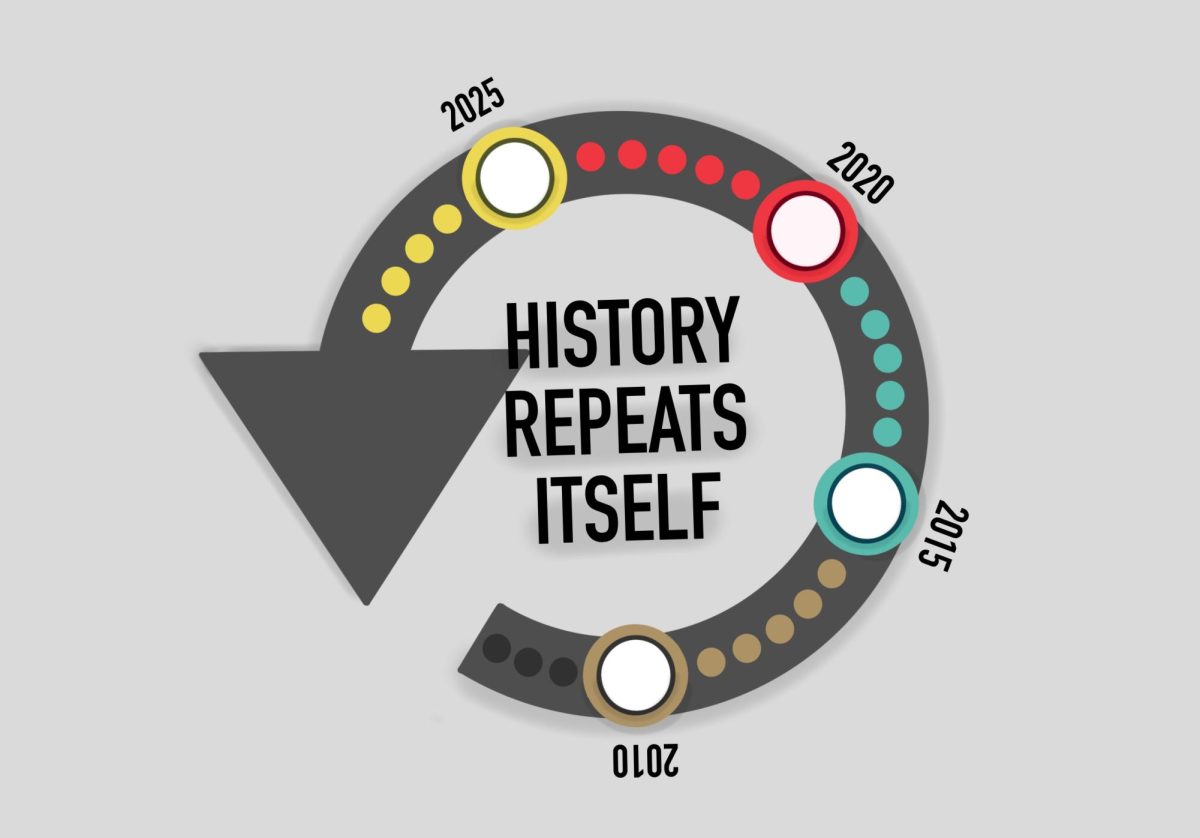“You can have the pink one because you’re a girl.” This is a sentence I’ve heard countless times from young boys in my 10 years of babysitting. Kids as young as three years old already have a basic understanding of what toys society says they should or should not gravitate towards.
Throughout my babysitting career, I have primarily cared for young boys between the ages of 1 and 10 and the themes present in their toys are remarkably similar: lots of dinosaurs, cars, nerf guns, dragons, legos and various sports toys. Their toys engage their creativity and set them up for action-filled physical play, pretend play and creative, constructive play.
This summer, however, I was a nanny for a little girl, about one-year-old, and her toys were vastly different from what I was used to. Her toy room was filled with dolls, fake food and ponies. She even had a toy kitchen full of pots and pans and a grocery cart. These toys encourage pretend play over physical or constructive play. The fact that she had toys meant to familiarize her with home skills and stereotypically feminine duties, like cooking and shopping, and the boys had toys to teach them how to be creative and constructive is indicative of the early imposition of gender stereotypes on children’s behavior.
These stereotypes play a big role in children’s concepts of gender, especially younger children.
The contrast in toys found in boys toy rooms versus those in girls was stark and led to my curiosity as to the impact of this inconsistency. How can an emphasis on a certain kind of toy and the devaluation of another on the basis of gender impact a child’s development? In “Gender Typing of Children’s Toys,” Lise Eliot holds there is likely a difference in brain and skill maturation that comes from gender-differentiated play.
There is a period of development, called the “critical period” that occurs during early development, during which experience and neuronal activity have an increased impact on neocortical development. The types of toys and play we encourage young children to engage in have a direct impact on their development.
Children’s play can be categorized into different types. One type, symbolic play, refers to, “a child’s ability to use objects, actions or ideas to represent other objects, actions, or ideas as play.” Another type is rough-and-tumble play, which is defined as, “a physically vigorous set of behaviors that is accompanied by positive affect from the players towards one another without an aim to cause pain to the partner.” Young girls have been found to engage in symbolic play at higher rates than young boys, while young boys participate in rough-and-tumble play at higher rates than girls.
How parents choose to dress their children, decorate their rooms and how they play with their children all shape the way their children perceive gender. In a study with children ages three to 10 years old, it was found stereotypes play a significant role in children’s gender prototypes, especially young children living in socially conservative households, possibly due to the reinforcement of traditional gender ideas.
According to a study done with toddlers and young children by Ljubica Marjanovič and Urška Fekonja-Peklaj in 2017, boys are more likely to uphold gendered rules in regards to toy preferences, while girls are more likely to play with both stereotypically male and stereotypically female toys. This discrepancy can be explained by adult reinforcement of children’s gender-typed toy preferences, specifically by fathers.
In addition to impacting the toys children play with, parental upholding of gender stereotypes can impact how they view their children’s interests. A study examining parent-child conversations about science by Harriet Tenenbaum and Campbell Leaper in 2003, found parents tended to perceive science as more challenging and less interesting for their daughters compared to their sons. These parental beliefs strongly correlated with their children’s interests and self-efficacy in science.
From my own experiences, parenting children in a more neutral way would be beneficial to their development. Not only would gender-neutral parenting allow for children to choose their own interests more freely, but it would also help break the cycle that concretizes gender stereotypes by accepting that gender is socially constructed.
Limiting children’s interests according to gender has repercussions in both higher education and society generally. Encouraging children to pursue certain interests while steering them away from others pushes them to seek out degrees and careers within these boundaries. If children were supported in pursuing their passions without the pressure of gender expectations, we could see a more balanced representation of genders in academic classes, and, consequently, in various professions.
Elaina Gerst is a 21-year-old, fourth-year psychology student at the University of Minnesota.









Leslie Martin
Jan 16, 2024 at 7:40 pm
It’s sad to see that little has changed in the 50 years since my generation vowed to change all of this. We raised our daughter with a variety of toys and now she’s now raising her daughter the same way. No princesses, mermaids or unicorns.
Russell Gokemeijer
Jan 3, 2024 at 5:14 pm
Great article! I had never thought about the types of play that are associated with different toys. What benefits do you see with pretend play as opposed to constructive play?